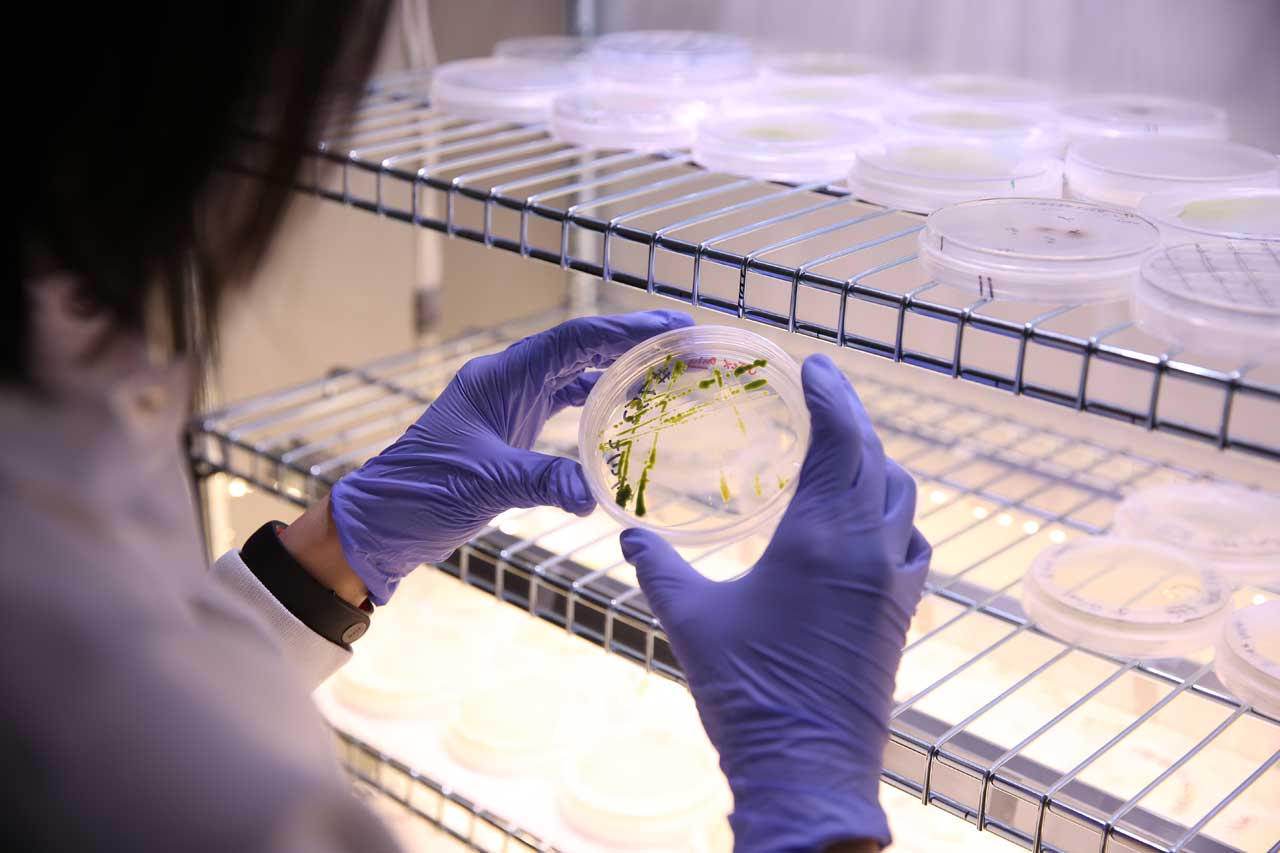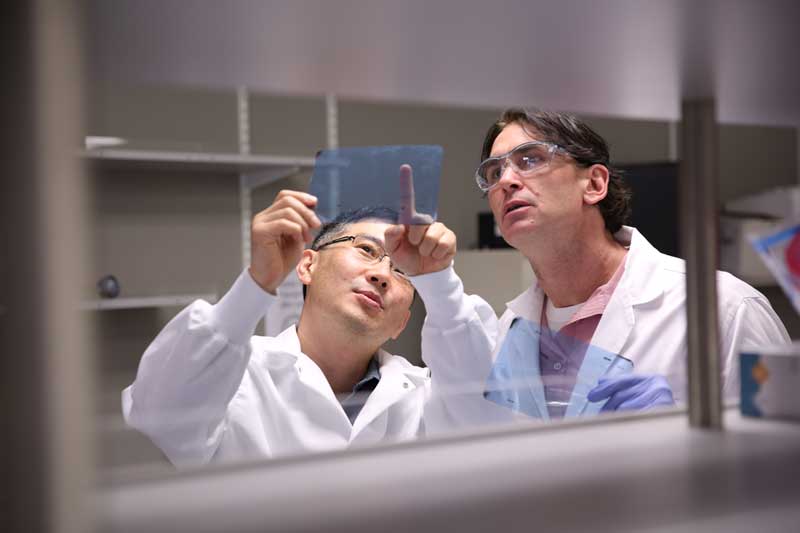
MICROSYNBIOTIX
No Needles Needed: Vaccinating the Fish Farm of the Future
Overcoming aquaculture disease challenges with a new oral vaccine for fish
What do you do if a fish has the flu?
Humans can visit the doctor for a shot or a pill, but lining up fish for vaccination is easier said than done. How do we provide resistance for a disease before it decimates the entire farm?
For years, fish farmers have been trying to answer that question, one that is literally eating a hole in their wallets. Aquaculture (the production of aquatic animals) constitutes $160 billion of our global food and agricultural production. And every year, the market loses over $10 billion worth of fresh fish to disease, even with their best attempts to prevent it. That’s a lot of loss in an industry that is growing at 6.8% per year.
An innovative startup called MicroSynbiotiX believes it has the answer.
Project Snapshot
Microalgal Oral Vaccines
Refining
Fish get sick too, so we are keeping them healthy by making vaccines using microalgae (one of their favorite foods).
Open to new members
“If you look at the impact, fish farmers are losing billions in fish stocks,” says co-founder Simon Porphy. That’s not just money left on the table, it’s a valuable protein source at a time when our planet’s population is continuing to swell. MicroSynbiotiX has figured out what has so far been elusive in the aquaculture industry: how to quickly, cheaply, and effectively vaccinate schools of thousands of fish at a time.
In broad strokes, there are two ways to prevent disease: before infection using vaccines, and after infection via antibiotics.
Antibiotics are the most widespread way to prevent fish disease, but they have their own host of issues that scientists have been warning against for years. Antibiotics can lead to super-strains of resistant bacteria, and are a serious cause for health concerns when inadvertently consumed by the public. They also contribute to degraded water quality, which in turn facilitates viral outbreaks.
Vaccinations avoid these particular challenges, but traditional vaccination methods pose their own set of problems. Many companies have tried to find solutions with various injection or tablet vaccines, but how to deliver it? The logistic difficulties of delivering an injection to thousands of fish is so time-consuming and costly that it is only attempted in the most high-value farm stock, like salmon and seabass.

MicroSynbiotix’s senior scientist, Dr. Shih-Chi Hsu, checking the growth conditions of the company’s vaccine producing algal cell lines
MicroSynbiotix
MicroSynbiotiX is offering an innovative solution: an oral vaccine that combines synthetic biology and natural fish behavior. This oral vaccine is different than those currently on the market, because it is hidden in the genes of algae, which is a natural fish food that is easily digestible and palatable.
The team uses synthetic biology to alter the genome of the algae so that the vaccine is created inside the cells. These algae are then laced into fish feed, which the fish eat, and subsequently the algae transports the vaccine into their system. Quick, efficient, and able to immunize thousands of fish at the ring of a dinner bell.
The product has been well received, snagging five awards already, and the co-founders Simon and Antonio have been rigorous and deliberate about translating their product from the lab to the market. This thorough approach has led MicroSynbiotiX to develop a solid business strategy before going to market, and they are confident that their product is commercially feasible and scalable. “Before getting excited about an idea you must assess its feasibility. Sometimes what works in the lab may not be commercially feasible,” Simon says.
The team made significant progress on proving that the technology works. They recently finished a round of research where they demonstrated that orally fed microalgal vaccines can successfully vaccinate fish. After the fish were fed the vaccine, scientists could detect a significant increase in target-specific antibodies in the fish. Now, the scientists at MicroSynbiotiX must show that the vaccinated fish are indeed protected against the virus with a challenge trial. If they are successful, they may very well have their first candidate product.

MicroSynbiotiX’s Chief Scientific Officer, Dr. Kwang-Chul Kwon (left), and Research Associate, Jeremiah Gilmore (right) confirming vaccine protein expression from the company’s transgenic algal cell lines.
MicroSynbiotix
MicroSynbiotiX is tapping into the Digital Makerspace developed by Conservation X Labs in order to connect with strategic partners in the animal health industry and to find third party experts to validate the technology in preparation for market.
With this new way of thinking about an old problem, MicroSynbiotiX is working towards protecting aquaculture, one of the world’s most important industries for food security, and leading the way toward more sustainable, effective solutions to keep fish on our plate for the next hundred years.